Australian Criminal Intelligence Commission
The Australian Criminal Intelligence Commission has today released the first National Wastewater Drug Monitoring Program Report, revealing some of the highest methylamphetamine levels were seen at Western Australian sites.
Monitoring four sites in Western Australia, results reveal some of the highest levels of methylamphetamine consumption in Australia, with levels in both capital city and regional sites above the respective national averages.
Methylamphetamine was the highest consumed illicit drug tested across all regions of Australia, with consumption in some areas at historic highs.
“The National Wastewater Drug Monitoring Program is a key initiative in establishing an objective evidence base on illicit drug use and the level of use of a number of legitimate substances,” said Australian Criminal Intelligence Commission CEO Chris Dawson.
“We already know that serious and organised crime groups are thriving on the profits generated through methylamphetamine and other illicit substances, with the price paid for meth in Australia among the highest in the world.
“Our Illicit Drug Data Report 2014–15 found that in Western Australia, the number and weight of amphetamine type stimulants (ATS) seizures increased, and results from our new report show this problem isn’t going away.
“Law enforcement partners across Australia are working hard to combat illicit drug supply,” Mr Dawson said.
The National Wastewater Drug Monitoring Program Report found that compared with methylamphetamine, the usage of other illicit stimulants in Western Australia, particularly cocaine and MDMA, was generally much lower.
The report also measured usage levels of oxycodone and fentanyl, noting that wastewater analysis cannot distinguish between licit and illicit use, with fentanyl being the second highest drug consumed in Western Australia of the tested substances.
“Findings indicate considerable levels of consumption for both oxycodone and fentanyl, which is worthy of further investigation because of the potential for their diversion to the illicit market.
“The Australian Criminal Intelligence Commission will be working with our partners to understand these results as the National Wastewater Drug Monitoring Program reveals consumption patterns and trends over time.
“The data we will obtain through ongoing wastewater analysis will inform operational and policy responses to illicit drugs and drugs that can be abused.
“The National Wastewater Drug Monitoring Program results are integral in shaping a whole of government and whole of community response to the demand for illicit drugs in Australia, and the harms drugs bring to the community,” Mr Dawson said.
The Australian Criminal Intelligence Commission received $3.6 million over three years from Proceeds of Crime funding for the National Wastewater Drug Monitoring Program, and has commissioned the University of Queensland and the University of South Australia to undertake the program and prepare the first research report containing its findings.
The report is available from the Australian Criminal Intelligence Commission website
